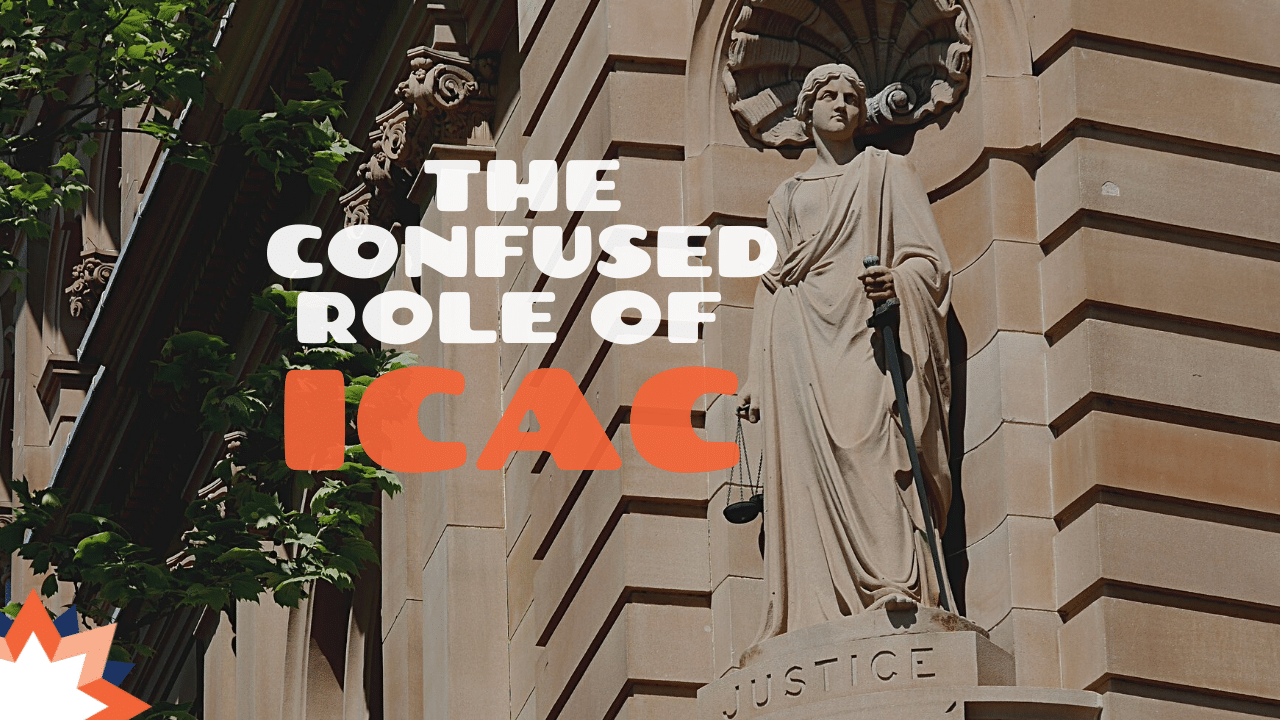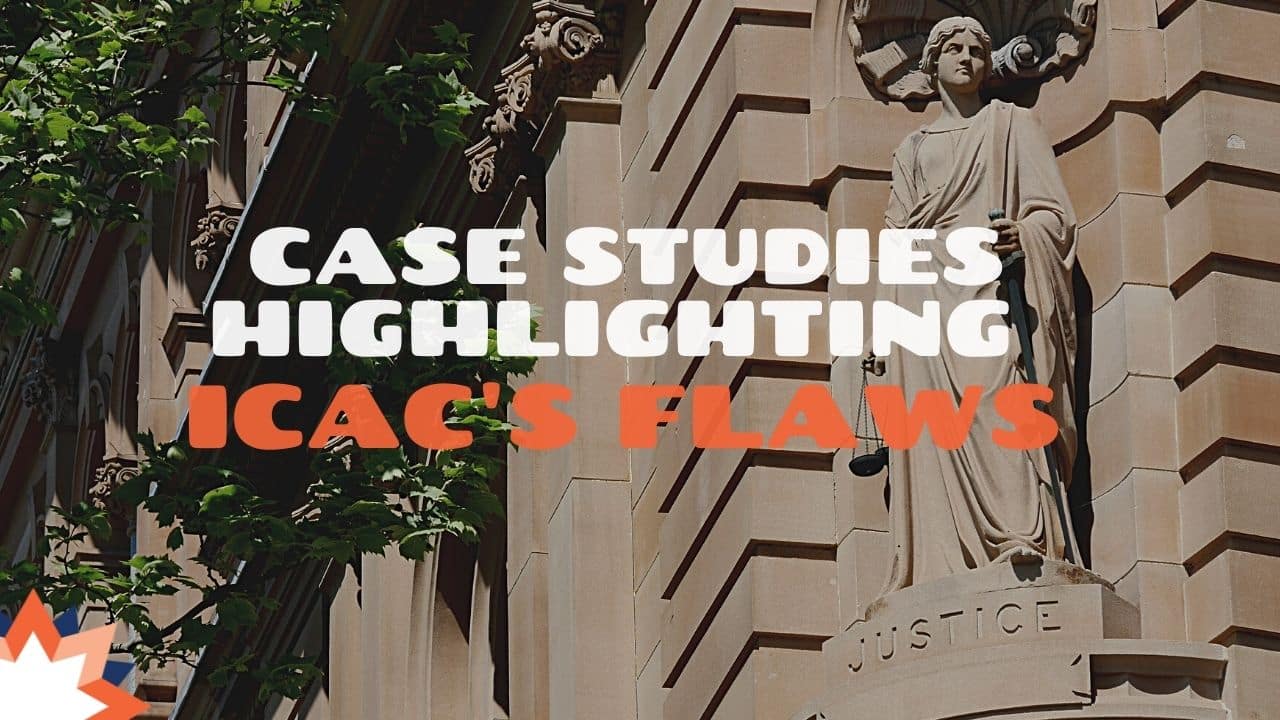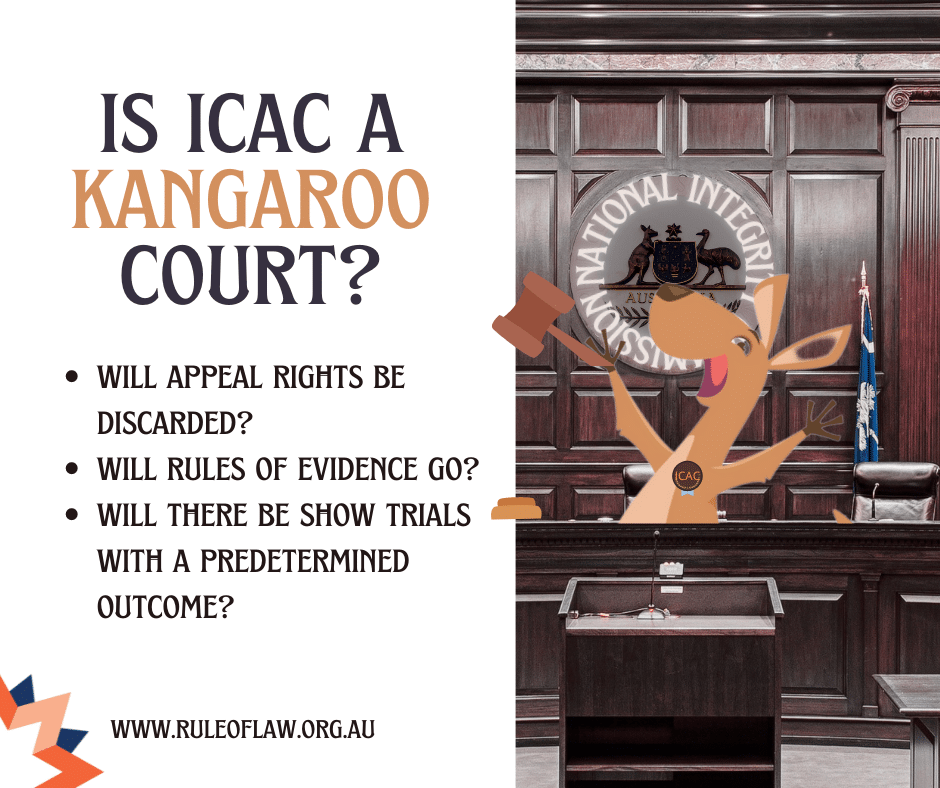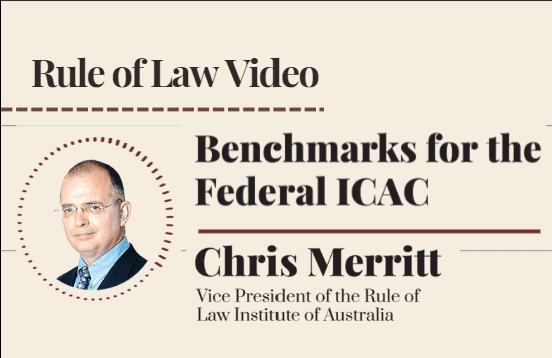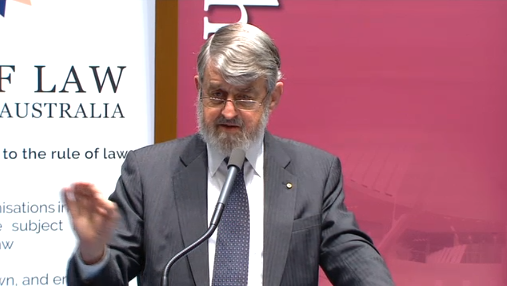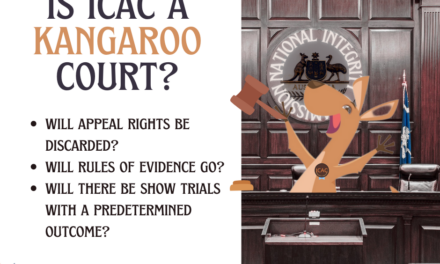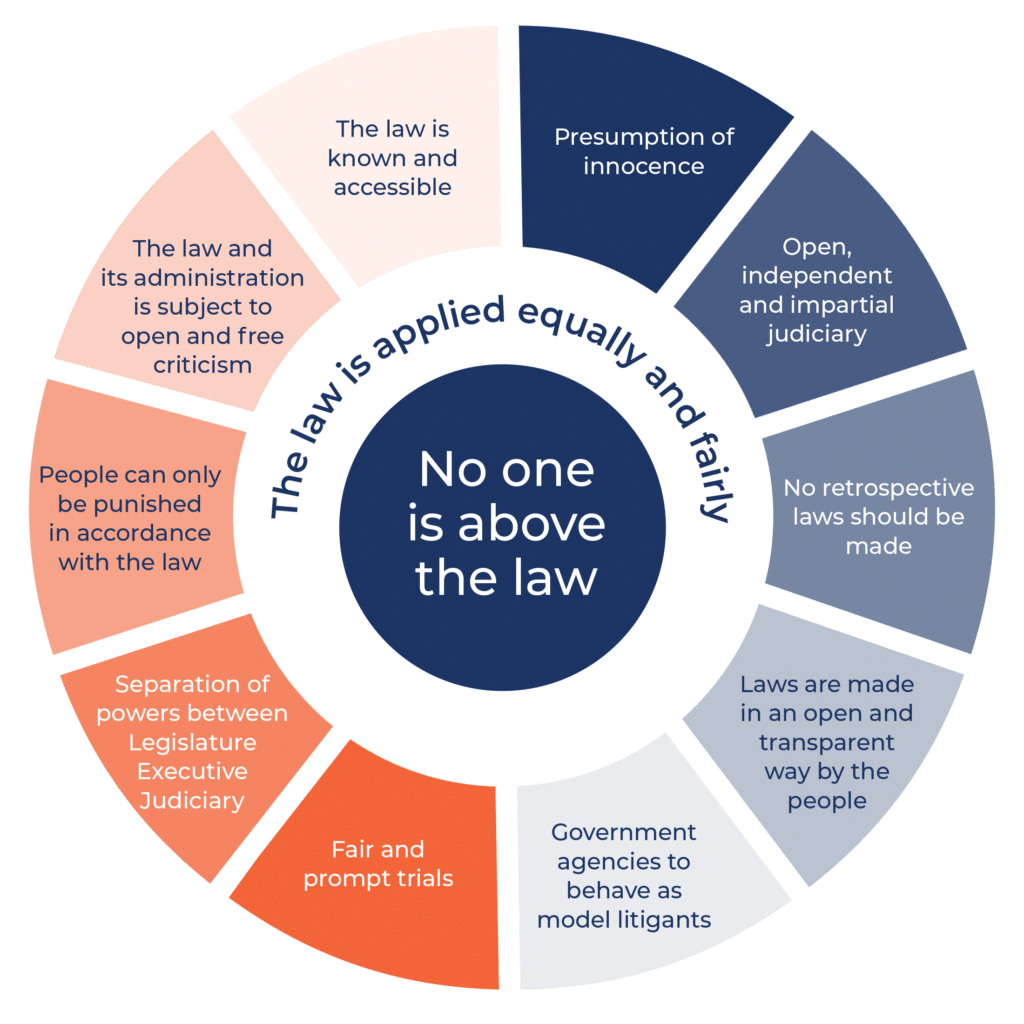Part I: Delayed Justice and Anti- Corruption Bodies
How does NSW ICAC measure up?
Delayed Justice
The legacy of a fair and prompt trial goes back to clause 40 of the Magna Carta which states “To no one will we sell, to no one will we refuse or delay, right or justice.” This is also reflected in Article 9 of the International Covenant on Civil and Political Rights “Anyone arrested or detained on a criminal charge shall be brought promptly before a judge or other officer authorised by law to exercise judicial power and shall be entitled to trial within a reasonable time or to release.”
In preparation for the Submission to the NSW Parliamentary Committee inquiry into the Independent Commission Against Corruption (ICAC) Act, the Rule of Law Education Centre prepared a report regarding ICAC investigations from 2012 to 2017.
The report highlights the delays in bringing wrongdoers to justice after they have been investigated by ICAC and accused of corruption.
In his article in the Australian newspaper on 4 August 2022 (click here to read the article), Chris Merritt wrote:
“the research has found delays of up to seven years in securing convictions against wrongdoers who have been found corrupt by ICAC after public inquiries. When measured from the first day of a public hearing by ICAC to the day on which wrongdoers are sentenced by a court, the average delay has almost doubled – up from two years and six months in 2012 to four years and nine months in 2017.
The average delay over that period was three years and 10 months but the research has also identified one person who is still waiting to be sentenced seven years after the start of a public hearing that resulted in a finding of corruption”
The data showed that it can take anywhere from 1 year and 9 months (Mr Au in Operation Barrow 2012) to over 6 years (Mr Chacra in Operation Yancey 2016) from the time of Public Inquiry to date of sentencing. These figures do not take into account those individuals who are still waiting to be sentenced such as Mr Andjic in Operation Yancey 2016 whose Public Hearing was over 7 years ago.
Efficiency Measures of ICAC
Further research was done by the Rule of Law Education Centre into efficiency measures of ICAC in comparison to the NSW Courts. Although these bodies perform different functions, it is interesting to compare the cost versus output measures of these different organisations.
Findings from the 2020/21 ICAC Annual Report: Exposing and Preventing Corruption
According to the NSW ICAC’s 2020/21 Annual Report, the Commissions function’s “comprise investigating allegations of corrupt conduct in and affecting the NSW public sector, and driving programs and initiatives to minimise the occurrence of such conduct in the state.” The Report shows the following figures:
| Annual Expenditure | $28,644,000 |
| Matters Received and Managed | 2,916 |
| Public Inquiries | 3 |
| Compulsory examinations | 85 |
| People found corrupt conduct | 7 |
| People recommended to DPP for prosecution | 9 |
| Investigations and Operations Completed | 31 |
| Full Investigations completed within 16 month target | 20% |
| Corruption Prevention Presentations | 201 |
According to these figures in 2020/21, it could be said that the cost (annual expenditure) per matter received and managed is $9,823. Alternatively, the cost (annual expenditure) per person found of corrupt conduct could be extrapolated as $4,092,000.
It is worth comparing the expenditure of ICAC to Courts in NSW and the outputs and efficiency measures as reported by the Australian Productivity Commission.
Australian Productivity Commission: Report on Government Services 2022: Courts
| Courts | NSW Supreme Court (Criminal) | NSW District/ County Courts | NSW Magistrates (excl Childrens) | NSW Children’s Court | Coroners Court |
| Real Recurrent Expenditure | $23,804,000 | $115,801,000 | $156,095,000 | $9,002,000 | $7,971,000 |
| Lodgements | 534 | 10,203 | 188,582 | 9,817 | 6,475 |
| Finalisations | 489 | 9,733 | 199,922 | 9,899 | 6,441 |
| Cases Finalised <= 12 months | 86.3% | 90.3% | 96% | 94.9% | 87.5% |
The resource efficiency of the NSW Courts tells a radically different picture to NSW ICAC.
Firstly, in the vast majority of cases, the NSW Courts achieve their time standards to provide a speedy trial. On the other hand, only 20 % of ICAC investigations are completed within their 16 month target.
Secondly, and more worrying is the expenditure of ICAC in comparison to the outputs. The NSW Coroners Court received 6,475 lodgements per year with a recurrent expenditure of $7,971,000. Therefore the cost per lodgement is $1,231. ICAC expenditure is $28,644,000 (more than 3 1/2 times the Coroners) and receives 2,916 matters, resulting in a cost per matter of $9,823 (almost 8 times the Coroners Court).

